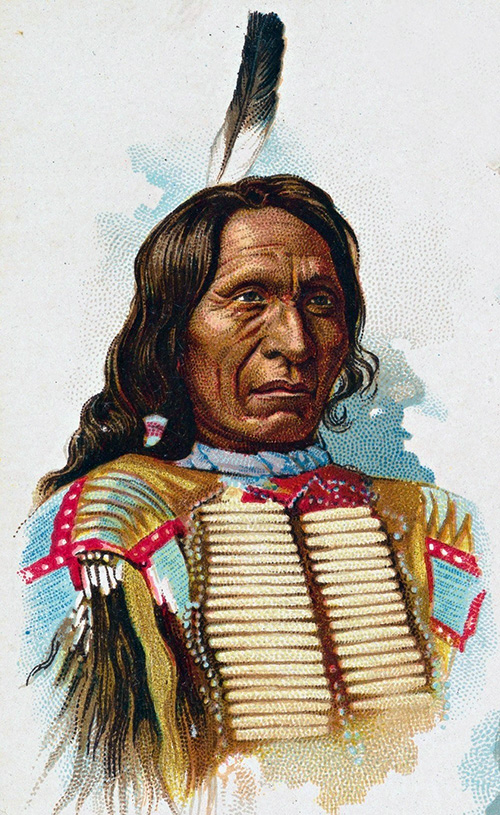The world had over one hundred years to prepare for another pandemic, but somehow public health never received the funds it needed (after the 1918 Spanish flu).
Perhaps, the memory of the 1918 pandemic was just too frightening, and the experience had to be buried.
Perhaps, being fully prepared for a pandemic is just impossible.
We've known for a long time how human disease can affect history.
Justinian’s Flea, by William Rosen, explains how the Bubonic Plague (541-549 AD) “killed at least 25 million people; depopulated entire cities, and depressed birth rates for generations,” leading to the Dark Ages.
The 1918 Spanish Flu at least doubled or quadrupled that number, killing an estimated 50 to 100 million people.
However, that flu likely led to the Allied forces beating Germany, and winning WWI,* also shaping history in that sense.
We’re waiting to learn had much COVID-19 will affect this era.
One fact seems obvious.
But for COVID, America would likely be in the middle of a second Trump term.
This article is about the differences between the 1918 Spanish Flu and COVID-19.
(Since scientists don’t fully understand either pandemic, a layperson writing this article is an absurd project.)
One difference is in the symptoms.
Both viruses were “shape-shifters,” and each were mistaken (at first) for the common cold.
In Pandemic 1918, British author Catharine Arnold [Note the British spelling of medical terms.] describes symptoms of the Spanish Flu, as the second wave hit, and the disease developed into a more aggressive form:
In the summer of 1918. . . victims collapsed in the streets, haemorrhaging from lungs and nose. Their skin turned dark blue with the characteristic ‘heliotrope cyanosis’ caused by oxygen failure as their lungs filled with pus, and they gasped for breath from ‘air-hunger’, like landed fish. . . Others suffered projectile vomiting and explosive diarrhoea, and died raving as their brains were starved of oxygen.
Catharine Arnold recounts how the Spanish flu starved President Woodrow Wilson’s brain, and he became delusional during his serious bout with the flu (in April of 1919)—during the Paris peace conference.
President Wilson dragged himself out of his sickbed, and rearranged the hotel furniture, saying (perhaps, in a letter or diary):
The greens and the reds are all mixed up here and there is no harmony. Here is a big purple, high-backed covered chair, which is like the Purple Cow, strayed off to itself, and it is placed where the sun shines on it too brightly.
Essentially, the 1918 Spanish Flu was a bird/avian flu (H1N1 influenza A) and the infected animal (whose virus infected a human) in COVID-19 was (most likely) a bat.
Victims of the 1918 Spanish Flu died from secondary bacterial pneumonia, while victims of COVID-19 usually died from organ failure.
According to the Columbia University Department of Surgery website, hundreds of patients in the U.S. have received double lung transplants, due to COVID-19.

Besides the difference in symptoms, the two viruses hit different population groups.
COVID-19 mainly kills people older than 65, as well as people with comorbidities (like diabetes and obesity) and impaired immunity responses.
However, the 1918 Spanish Flu tended to strike people between 20-40, enjoying the prime of their lives—fit vigorous soldiers, and young women of child-bearing age.
Young Walt Disney caught the Spanish flu at the age of 17.
James Thurber was 24 when he became ill.
Georgia O’Keefe was 31.
All of their lives could have cut short if they had died from the flu.
(What we need to remember is that this was just a tendency, and NOT a rule. All types and ages of people caught the Spanish Flu, and all types and ages of people are catching COVID-19.)
While there’s little evidence that there was asymptomatic spread with the Spanish Flu, it’s evident that there was asymptomatic spread with COVID-19.
In Dr. Deborah Birx’s book, Silent Invasion, she comments that “asymptomatic, pre-symptomatic, and even mildly symptomatic spread are particularly insidious, because, with these, many people don’t know they are infected.”
She comments that it was a “huge miscalculation” for the CDC to expect “the new coronavirus to behave like seasonal or pandemic flu.”
Dr. Birx determined that there was asymptomatic spread with COVID-19, and she used math to accurately predict the number of cases.
COVID-19 is reaching double the number of countries on the globe as the 1918 Spanish Flu did—likely, as a result of greater air travel, and the greater intertwining of economies in this century.
In 1918, communities in Alaska could protect themselves with armed guards, and South Pacific islands could bar visitors from landing.
Today, few places are remote enough to prevent contagion.
It’s also interesting that while I can’t find any indication that people caught the Spanish Flu more than once, people are coming down with different strains of COVID-19 multiple times.
Sometimes, patients even have two strains of the COVID virus at the same time!
Public health officials urge those over 65 to make sure that their vaccinations are up to date.
*According to Pandemic 1918, by Catharine Arnold: “By May, influenza had crossed effortlessly over ‘No Man’s Land’ to hit the German army. . . the disease affected 139,000 men during June and peaked in early July.
Influenza had brought the all-conquering German army to its’ knees, while the Allies, stricken too, took advantage of their enemy’s weakness to regroup.”






























